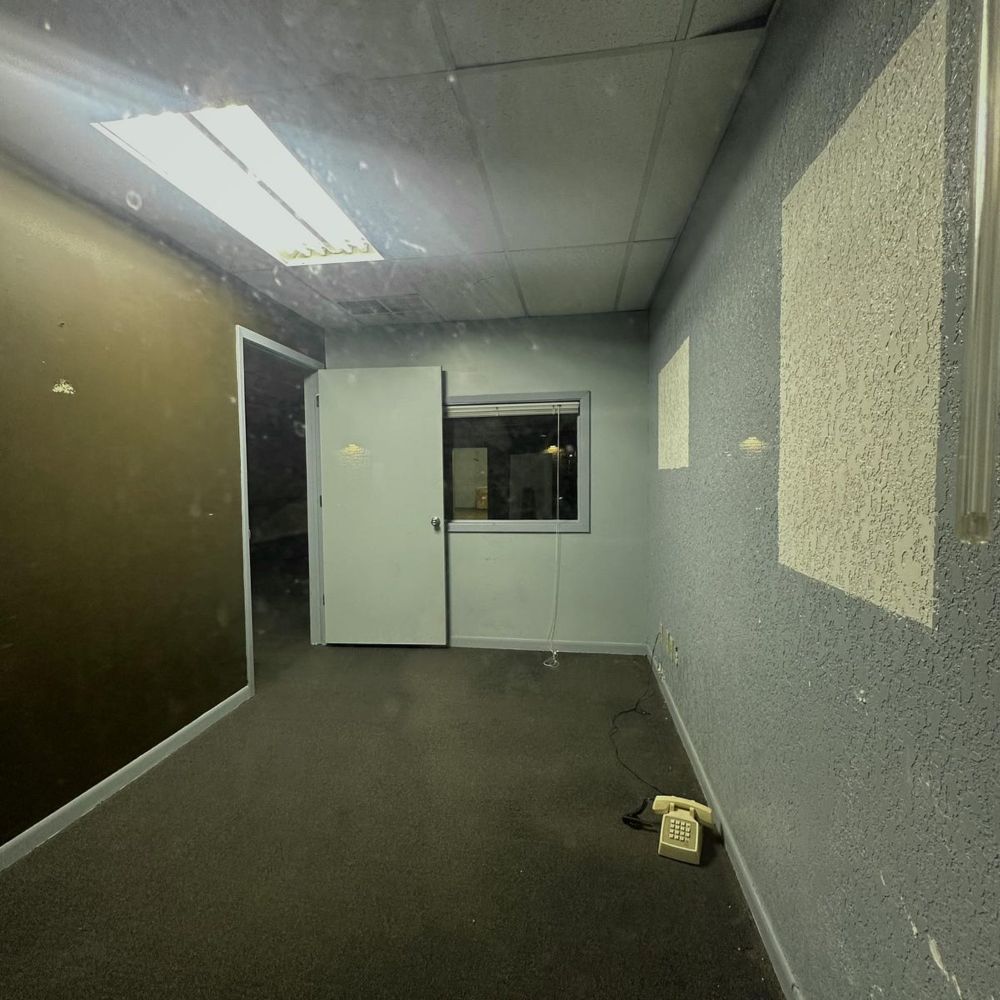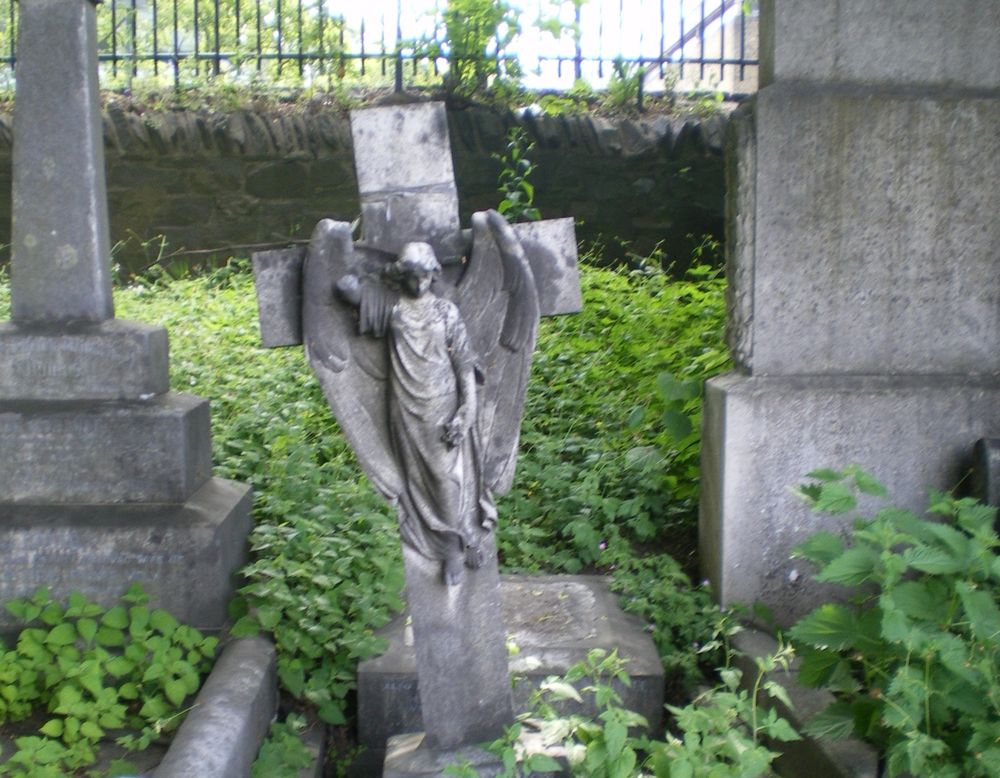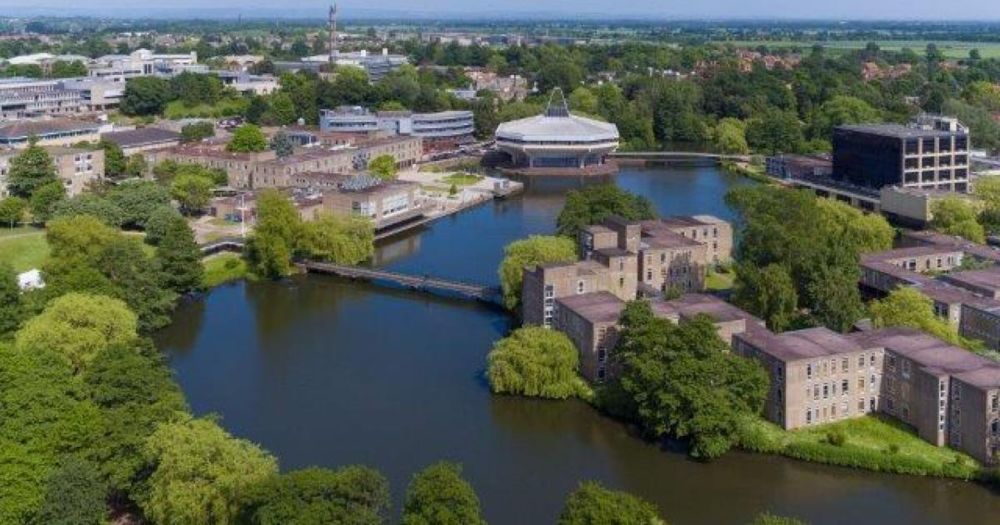The 1905 unemployed march from Leicester to London
This story was published by ****the Leicester Gazette**** : a local, independent newspaper about Leicestershire. 1,000 people have already joined our mailing list. Just use that button below to ****sign up for free.****
__No spam. Unsubscribe anytime. Want to support our work?____Click here for membership__ __.__
Subscribe for free
In June 1905, over 400 men from Leicester set off on the long trek by foot to London in the hope of obtaining an audience with the then monarch, King Edward VII. Their aim was to draw attention to the plight of the unemployed at a time when this thorny topic was being hotly debated in parliament.
Most of the men on the march had been formerly employed in the shoe and boot manufacturing industry. The key role played by Leicester man, _Thomas Crick_, in the introduction of revolutionary new shoemaking techniques during the 1850s proved the catalyst for the area’s development into an important centre for this industry. By the late 19th century, such was the county’s importance as a shoemaking centre that a large proportion of members involved in the sector’s first trade union, the _National Union of Boot and Shoe Operatives_ (NUBSO), came from Leicestershire.
In 1895, employers across the country, including many locally, responded to union demands for better working conditions by locking out around 46,000 boot and shoe workers. Faced with having no money to feed their families for six weeks, the workers were finally persuaded to reach a settlement of sorts with the factory owners. However, the _Market Harborough Advertiser_ reported shortly afterwards that “some of the boot and shoemakers were not so satisfied as was imagined with the terms of settlement agreed upon by the Conference in London last week”. This set a trend for industrial disputes within the sector that continued well into the 20th century.
By the time of the 1905 protest march from Leicester to London, unemployment in the local shoemaking industry was running at a record high, fuelled by increased competition from cheaper American imports and a drop-off in demand for army boots following the end of the Boer War.
A group of unemployed men who took part in the famous march of 1905. Photograph: Leicestershire Record Office
This gave employers the upper hand when it came to setting wages. The pay of shoe factory workers was usually calculated by the piecework method, ie they received a fixed amount for each item they produced. According to newspaper reports dating from a year before the protest march, the announcement of new reduced piecework rates caused much discontent among employees in the Leicester shoe trade with some even going so far to say that it amounted to “white slavery”.
With the number of jobseekers far exceeding job vacancies, anyone who complained too vigorously was likely to be summarily dismissed. Many of the unemployed men on the 1905 march had been sacked by local shoe factories because of their involvement in the trade union.
In the days before the establishment of the welfare system in Britain, those who were unemployed had only very limited access to financial support, meaning that they and their dependents faced the prospect of considerable personal hardship. The possibility of groundbreaking new Parliamentary legislation, aimed at dealing with this pressing issue, was first raised in early 1905 but, by spring, little real progress had been made.
In April, a series of demonstrations were held in Leicester Market Place to draw attention to the plight of the unemployed. These were well-attended and attracted considerable media coverage. Buoyed by this success, plans were made for a protest that would take the debate right to the heart of government in London in what would become the first unemployment march of its type ever witnessed in this country.
## Be part of the story
Join our free mailing list to get local news and tips in your inbox every week.
Subscribe for free
Email sent! Check your inbox to complete your signup.
__No spam. Unsubscribe anytime. Want to support our work?____Click here for membership__ __.__
Although support for the march among local socialist leaders proved far from unanimous, thousands of people gathered in the Market Place, on 4 June 1905, to witness over 400 local unemployed men set off on foot for London. Wearing a large red, yellow and green rosette, respected local civic leader, 49-year-old ___Amos Sherriff_, headed the procession. Alongside him was trade union official and secretary of the Unemployed Committee, George “Sticky” White, so-called because he walked with the aid of a stick. Despite his disability, White was determined to march all the way to London and back again in support of the cause.
Prior to their departure at half past twelve, the Reverend Frederick Donaldson of St Mark’s Church led prayers for the men. During a short sermon, the so-called “Red Vicar” memorably declared: “It is radically wrong to leave the matter of unemployment… to the crude claims of mercantile demand”. Donaldson provided plenty of further encouragement to the men over the course of the march with several more rousing sermons.
Often to the accompaniment of music from local marching bands, the men attracted enthusiastic crowds as they passed through the villages of South Leicestershire on their way towards their first pre-arranged overnight stop at Market Harborough. Well-wishers made generous donations to the collection tins which were on hand along the route.
Local supporters in Market Harborough organised and paid for the first night’s supper and accommodation in the town. Each man was given a supper consisting of one pound of bread and two ounces of cheese, with tea or coffee. They were then encouraged to rest their heads for the night on straw beds in the covered sheds of the town’s cattle market, but, amidst reports of boisterous behaviour, the Leicester Daily Post commented that“sleep and rest did not reign supreme”.
The next day’s march proved more challenging, as the men covered the 21-mile journey to Northampton in persistent heavy rain. By the time that they reached the town, they were soaked to the skin and weary. It is little wonder that there was hardly any repetition of the previous evening’s high jinks as they settled down in their accommodation at Northampton Racecourse.
Ramsey MacDonald. Photograph: Public domain
The following day at Bedford, the marchers were met by _Ramsay MacDonald_, soon to be elected as Leicester’s MP and then later the first Labour prime minister. He gave a rousing speech to the assembled gathering at the Salvation Army Barracks. Comparing their home city of Leicester to a “flinty-hearted stepmother”, MacDonald praised the marchers for their willingness to display their poverty for all to see in the hope that in so doing they might “make poverty a little rarer in the coming generation than, unfortunately, it is now”.
After two further stops at Luton and St Albans, the marchers reached London on 10 June, battered but unbowed by badly blistered feet and constant drenching at the hands of the inclement weather they had faced on their six-day journey. Along the way, the Leicester men had attracted plenty of attention from the media and general public, as well as receiving praise for the way in which they had conducted themselves. It would, however, prove much more difficult to generate the same level of interest in the English capital.
Ramsay MacDonald and a now hoarse Reverend Donaldson addressed a rally in Trafalgar Square, but a further gathering, planned for Hyde Park, had to be shelved because of the continuing bad weather. Any hopes of an audience with the King were also dashed when he turned down a request to meet representatives from the march. Just to add insult to injury, security was stepped up at Buckingham Palace amid concerns that some of the protestors might attempt to enter the grounds.
In one final snub, Donaldson wrote a personal letter to the then Archbishop of Canterbury, Randall Davidson, requesting him to receive a delegation at Lambeth Palace. Donaldson caused considerable controversy when he publicly published the Archbishop’s reply, which revealed that although Davidson sympathised with the men’s plight, he “failed to see what good receiving the deputation would do”. This harsh rejection was softened a little by an invitation to attend a special service at Westminster Abbey before the men set off on the long march home.
The clocks in Leicester’s Market Place were chiming three o-clock as the exhausted marchers finally made it back home on the afternoon of 18 June. The march’s organisers were later criticised in some quarters for failing to follow through on their promises to engage those at the highest level of society and government in the debate. Yet, at a time when working-class voices were still seldom heard, the 1905 march undoubtedly played an impactful role in drawing public attention to the plight of the unemployed because of the extensive press coverage which it received. It also paved the way for the now more famous protest marches organised by the _National Unemployed Workers’ Movement_ during the 1920s and 1930s.
Less than two months after the men’s return to Leicester, the Unemployed Workmen Act of 1905 was passed through Parliament. This legislation failed to solve many of the underlying problems relating to unemployment, but it did at least enable the establishment of local Distress Committees to provide help and support to unemployed workmen, both in shoemaking and other manufacturing industries.
****If you enjoyed this article and want more great local journalism, here’s how to change that.****
We publish investigations, news features and human interest stories that go beyond the headlines. Our journalism is fact-based and rigorous, and we prize good writing over clickbait and sensationalism.
Our readers get all our stories directly in their inbox every Monday morning via our free weekly newsletter. ****Use that button below to sign up for free.****
__No spam. Unsubscribe anytime. Want to support our work?____Click here for membership__ __.__
Subscribe for free








![“In a passing reference, the Committee notes that adult education must remain “a vital tool for social inclusion [and] personal fulfilment". Yet none of the Committee's recommendations backs this up. Leaving the interests of adult learners relegated to the sidelines of mainstream skills policy once again.
At the WEA we see lives transformed by adult learning. People who have been let down by the education system getting a second chance to learn on their own terms. This leads not only to work and further study but to improvements in health & wellbeing and closer connections to the wider community.”](https://cdn.bsky.app/img/feed_thumbnail/plain/did:plc:r5yqc3yjsvsed6u7t6rubxtf/bafkreictl7hjzg2vkgyxp3q5kjayoeueho4dktshcsylarxr32gl77zwsq@jpeg)






![Angelica Teuta: Inner Jungle [Putumayo]. Art work created by projecting shapes of trees and plants from cut outs on the gallery wall. The colours are blue, red, green, yellow and black.](https://cdn.bsky.app/img/feed_thumbnail/plain/did:plc:y72kiubx4vwcp3sj234nc3pa/bafkreihvswi3jt7xrp7ft4cbdpfxxjzbtmvk32lpeuclbimgljer4njxou@jpeg)












